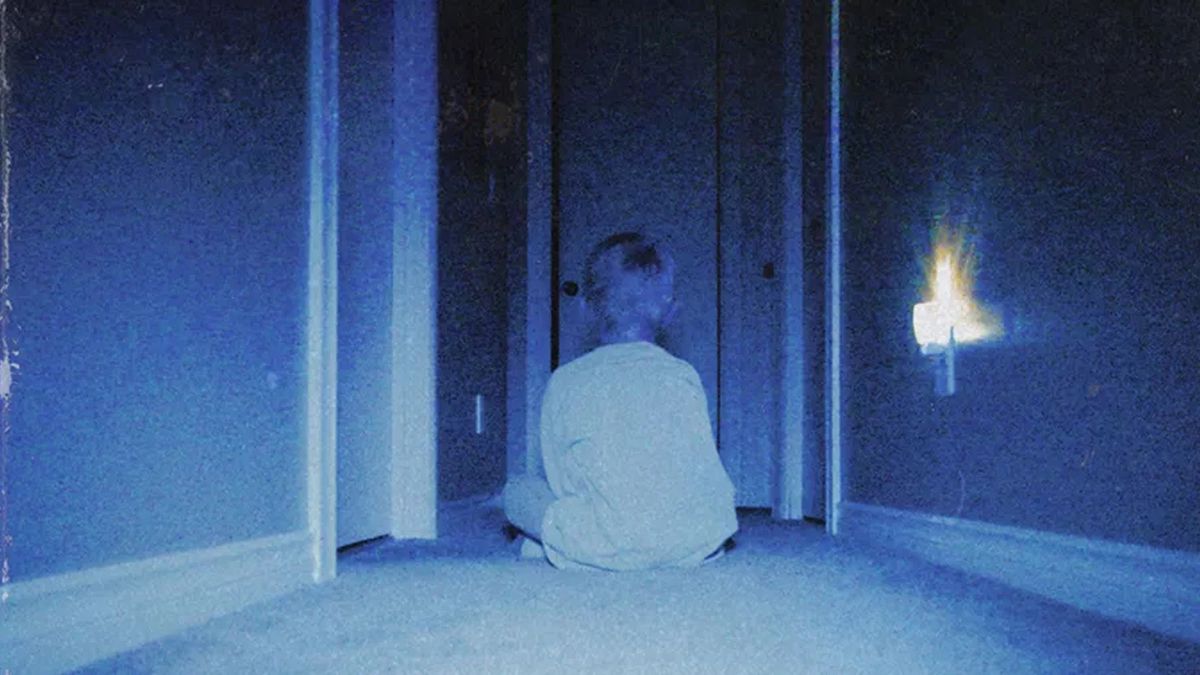By Daeja Lee Conner
Staff Writer
Imagine sitting through lecture after lecture of some of your toughest classes just to be greeted by a numerous amount of homework assignments due the following day. While entering your study hall, you are met with disruptive students with no regard for those trying to complete work and a teacher who will not allow student collaboration because of the want for a silent classroom, causing a lack of productivity and a newfound struggle of focusing in the next period. Embedded Time periods are not the solution to lower stress and lighten a homework load.
On the weeks of Jan. 28 and March 4, Gabrielino High School introduced a trial week where an Embedded Time period was incorporated into the students daily schedule.
The goal of these trial weeks was to see if Embedded Time and longer class periods could lower stress and give students a chance to complete homework at school and have less work at home. Some students, however, were given study hall periods that lacked a quiet working environment and they were not able to complete much work due to the noise pollution of the time.
A study by the University of California, Irvine showed that 78 percent of people need complete silence for their brain to fully comprehend work and for them to put forth their best effort on a task.
Ollie Campbell the CEO of Milanote Disciplinary Team, stated that “Between interruptions, distractions, background noise and general lack of calm and quiet, the noise of a workplace can be harmful […] With a busy office around you and something distracting your brain every three minutes, it’s almost impossible to create anything of value.”
Students in these periods seemed to focus less on homework and more on the latest gossip with their friends. Though students’ stress level may have decreased due to this, it is very unproductive and unnecessary to have a period out of the school day just for students to get no work accomplished. Students who are trying to complete work are neglected due to the sheer amount of students that are off-task.
“Honestly, during all of my Embedded Time periods, I didn’t get any work done, but at least now I picked out my prom dress for the this year,” junior Hunter Enriquez stated. “I mean sure it felt good to have some free time, but I wouldn’t say it helped me accomplish any work at all.”
The longer periods also caused students to drift off and lose attention from the topic due to a short attention span that some students have.
According to research project by Kids Growth in 2017, Teenagers ranging from ages 14-18 have an attention span of between 39-80 minutes with the attention level starting to die at around 48 minutes. With students having longer periods attention in class may start to lower causing crucial information in the last minutes of class to be missed.
Overall, Embedded Time may lower stress of some teens and be a good escape during the school day, but is not the solution to the issue of intensified workload and may cause an even bigger problem.

